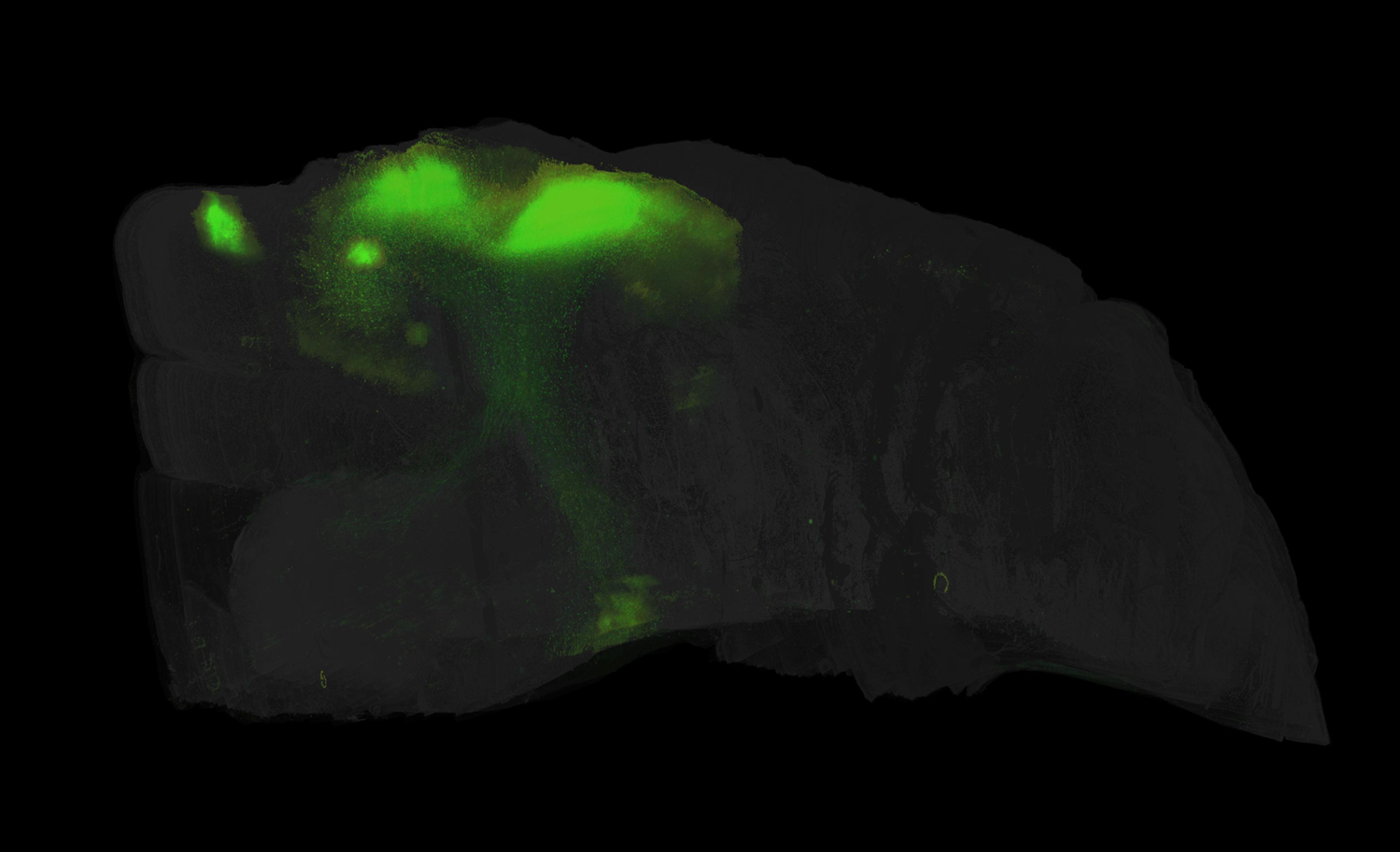
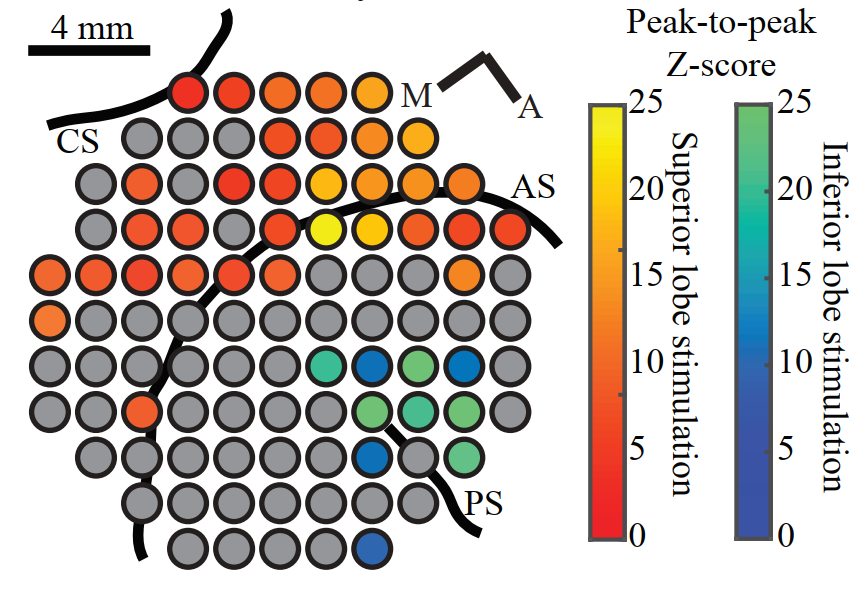
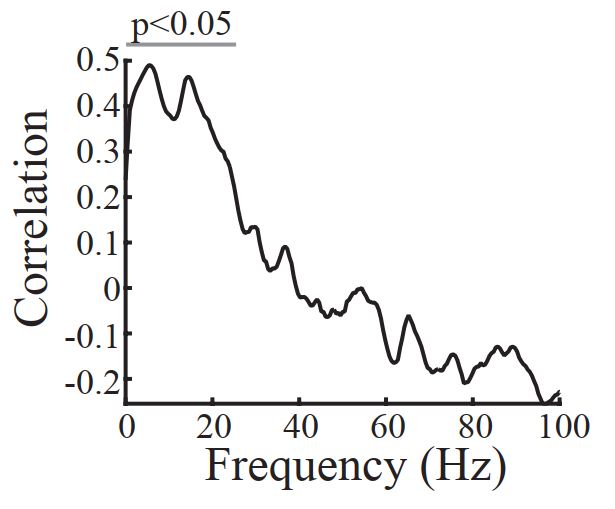
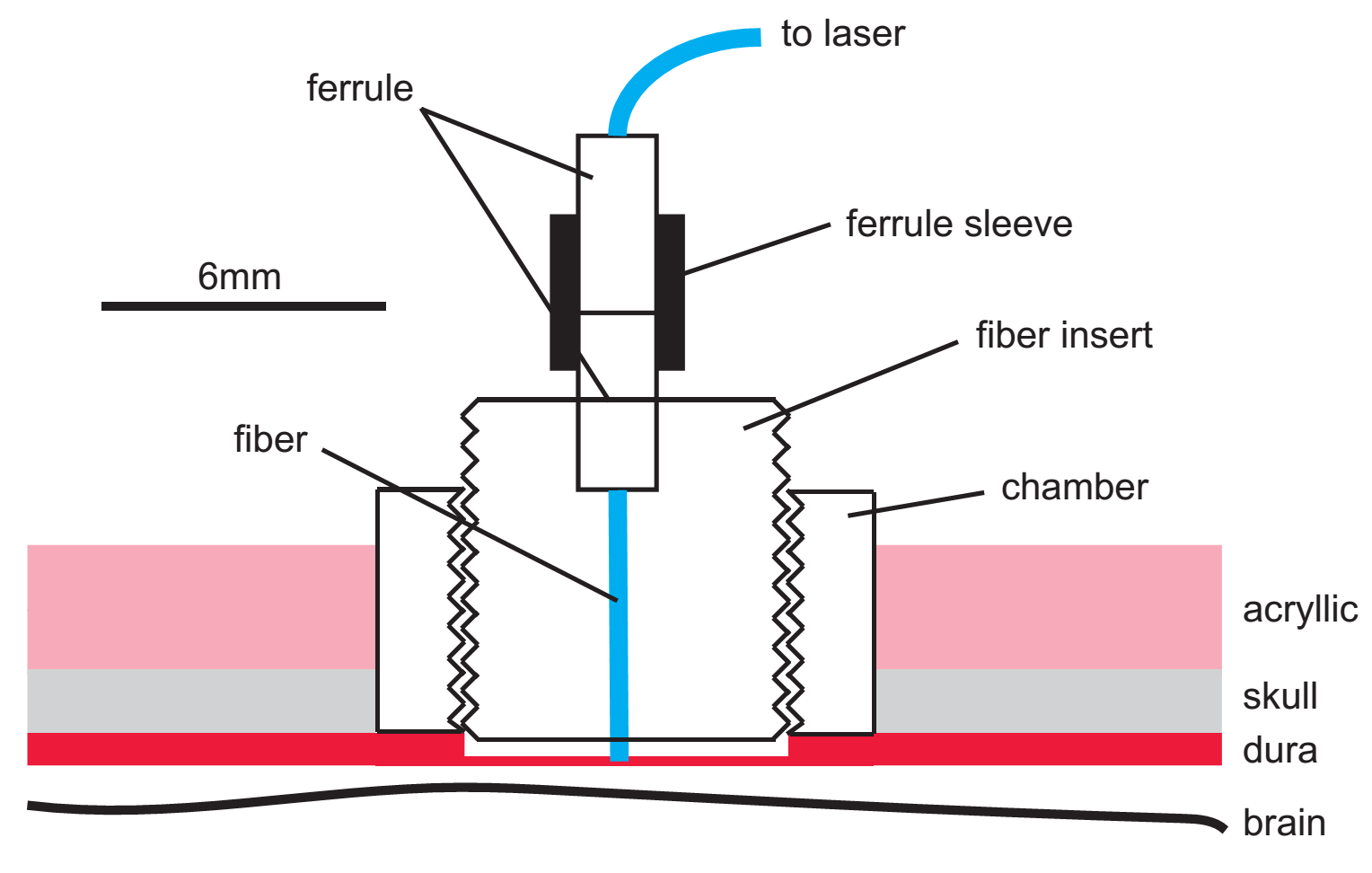
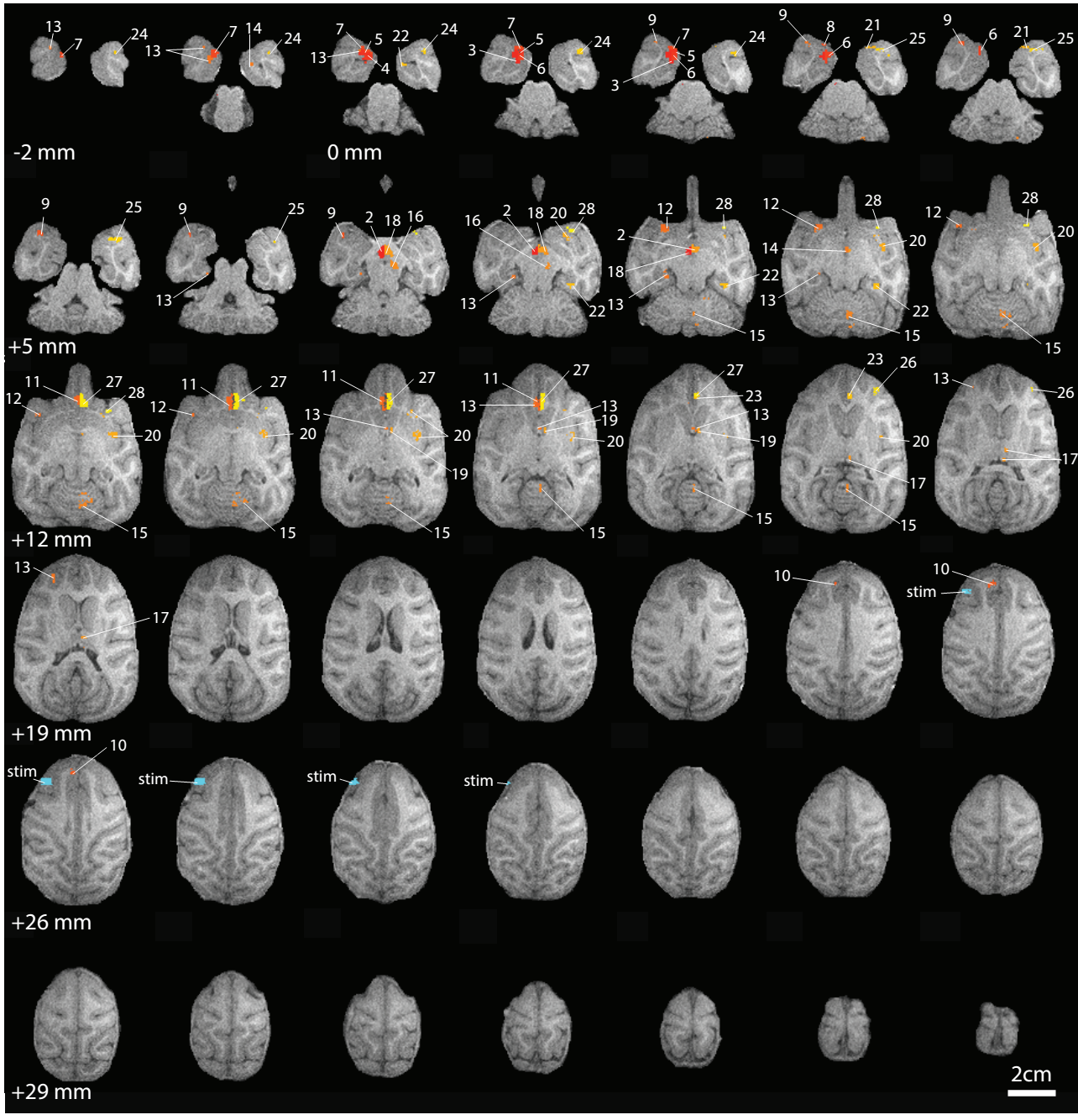
Circuit mapping with optogenetics
Any one particular area in the brain is part of a brain-scale circuit made up of many different brain regions. Measuring brain-scale circuits typically involves using correlation measures to infer a network. However, correlated areas may not be functionally connected to each other. Therefore, I have developed methods using optogenetic stimulation in conjuction with large scale recordings (multi-electrode arrays and fMRI) to causally measure large-scale networks. Using these techniques I have found that networks inferred from low frequency correlations correspond with causally defined networks.